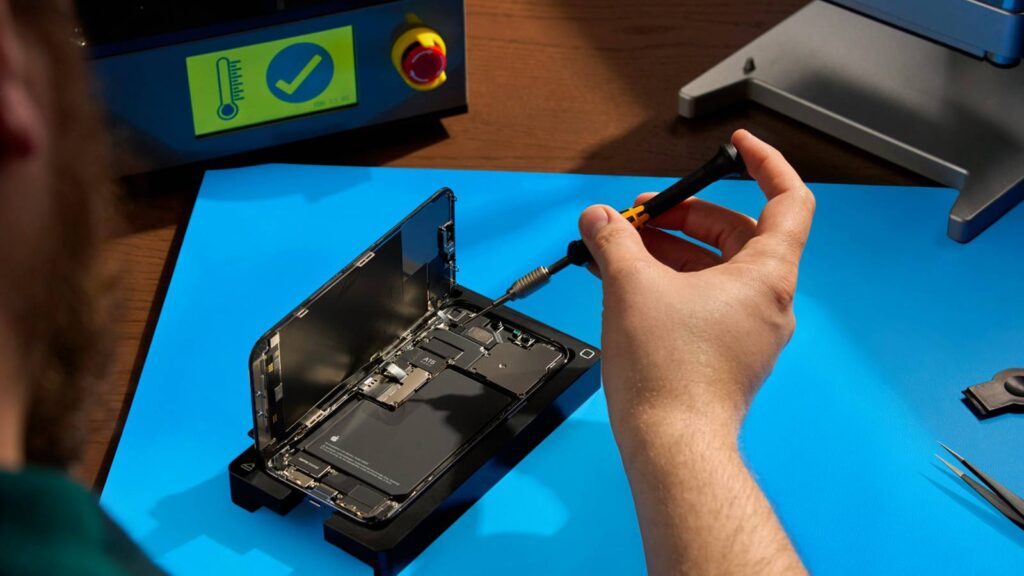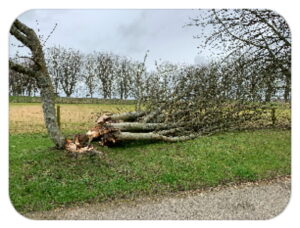Apple Responds to Criticism Over iPhone’s ‘Parts Pairing’ Process

Apple today announced that customers and independent repair shops will be able to repair select iPhones with used genuine Apple parts starting later this year. Alongside the announcement, Apple’s hardware engineering chief John Ternus spoke with TechCrunch about the iPhone’s controversial “parts pairing” process.
Repair website iFixit criticized Apple’s parts pairing process last year, and Oregon recently passed a law that would ban Apple from using a “parts pairing” process in the state for devices manufactured after January 1, 2025.
Ternus argued that iPhones still work with most third-party parts:”‘Parts pairing’ is used a lot outside and has this negative connotation,” Apple senior vice president of hardware engineering, John Ternus, tells TechCrunch. “I think it’s led people to believe that we somehow block third-party parts from working, which we don’t. The way we look at it is, we need to know what part is in the device, for a few reasons. One, we need to authenticate that it’s a real Apple biometric device and that it hasn’t been spoofed or something like that. … Calibration is the other one.”One exception is third-party parts related to Face ID and Touch ID, which do not work in iPhones for security reasons, according to Ternus:”You think about Touch ID and Face ID and the criticality of their security because of how much of our information is on our phones,” says Ternus. “Our entire life is on our phones. We have no way of validating the performance of any third-party biometrics. That’s an area where we don’t enable the use of third-party modules for the key security functions. But in all other aspects, we do.”Apple does alert customers if an iPhone part is not genuine. If an iPhone has been repaired, a “Parts and Service History” section appears in the Settings app under General → About, and it shows if non-genuine Apple parts have been installed.
Ternus said this transparency surrounding repairs is important:”We have hundreds of millions of iPhones in use that are second- or third-hand devices,” he explains. “They’re a great way for people to get into the iPhone experience at a lower price point. We think it’s important for them to have the transparency of: was a repair done on this device? What part was used? That sort of thing.”Apple says it will be expanding the “Parts and Service History” section to show whether a used part is a genuine Apple part later this year. For more details about used parts being allowed for repairs, read our earlier coverage.
This article, “Apple Responds to Criticism Over iPhone’s ‘Parts Pairing’ Process” first appeared on MacRumors.com
Discuss this article in our forums




